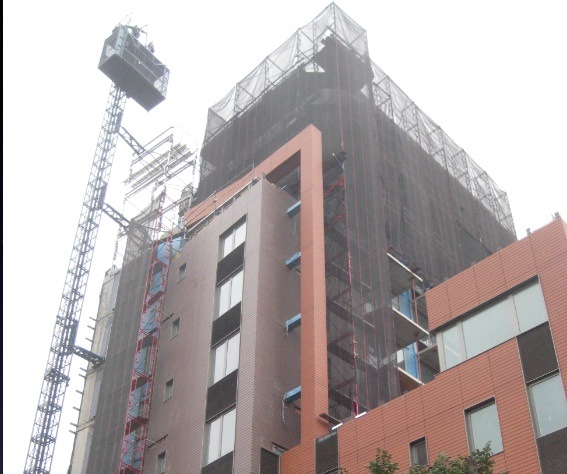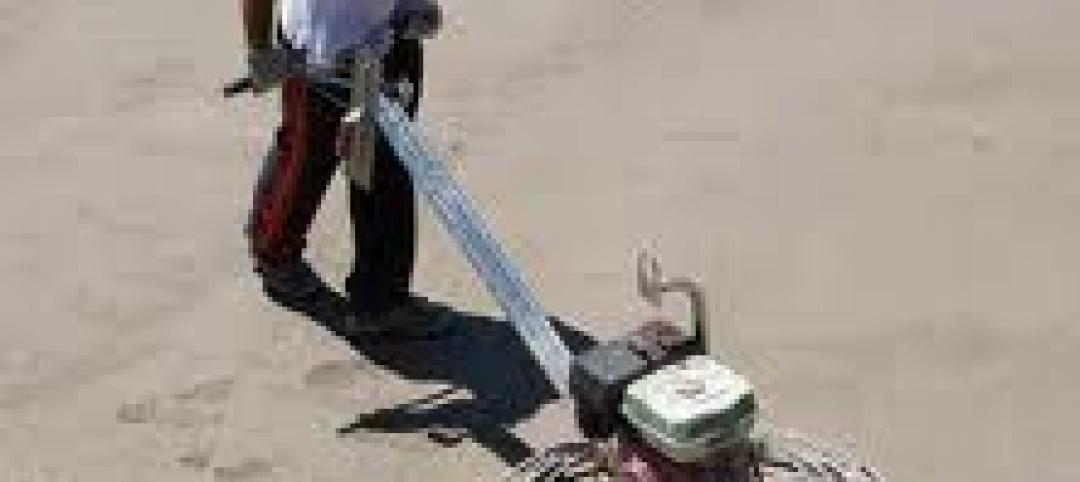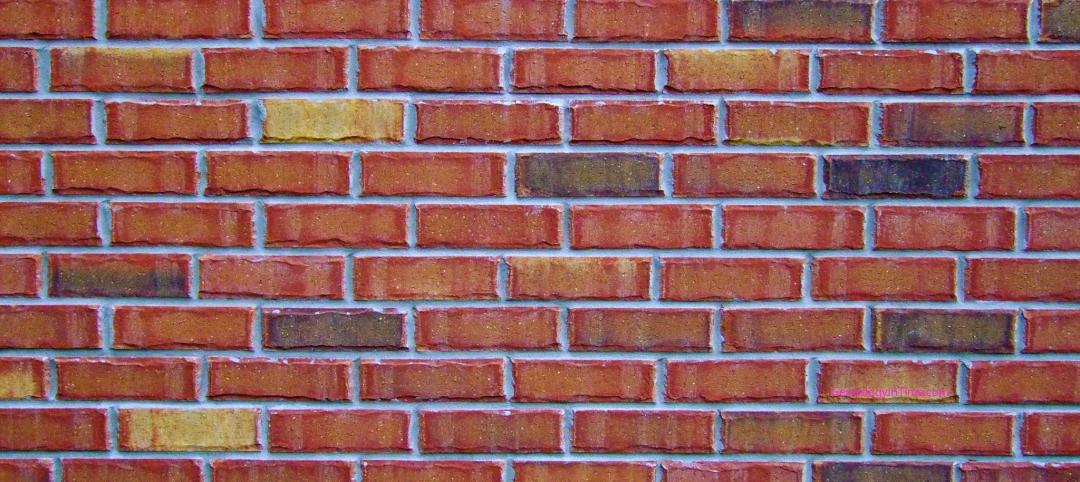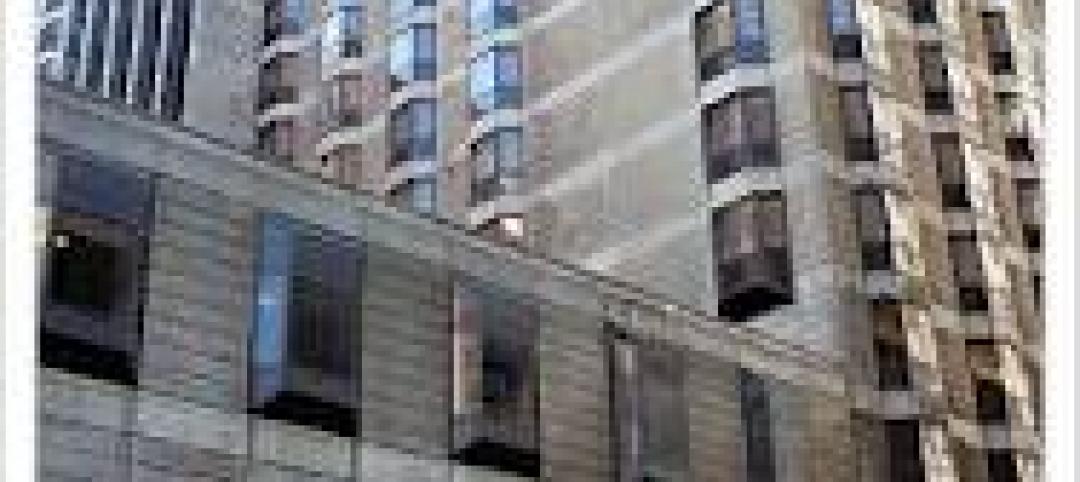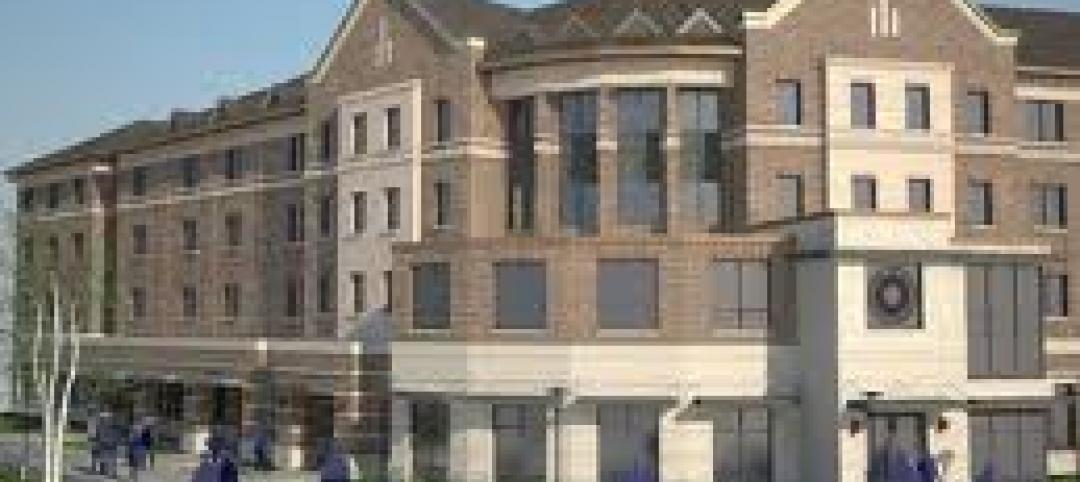Most buildings rely on a limited set of strategies for keeping water out. This course describes the rainscreen approach, which has six elements: cladding, cavity, thermal layer (insulation), air barrier, moisture barrier, and supporting wall.
When properly designed and detailed, the rainscreen approach can protect the wall from moisture damage, even in climates prone to heavy rainfall. This is because the rainscreen approach does not depend on any one element to provide perfect waterproofing protection, but instead relies on a multi-component strategy.
Take this free AIA/CES course at BD+C University
Course Learning Objectives
Based on the information presented in this course, you should be able to:
- Identify conditions that lead to water infiltration, as well as the forces by which water moves into buildings, so as to develop a comprehensive water management strategy that protects the building and enhances indoor environmental quality for occupants.
- Evaluate the effectiveness of various rain control methods, including mass walls, perfect barriers, and masonry veneers, and apply the rainscreen approach to enhance the performance and durability of the building envelope for improved IEQ and occupant health and welfare.
- Explain how the multiple elements of a rainscreen wall system work in concert to manage moisture and extend the lifespan of building materials, while identifying potential sources of error and premature deterioration that must be dealt with to prevent degradation to indoor environmental quality and occupant/visitor health and welfare.
- Explore the environmental and health implications of catastrophic exterior wall failure, using the examples of the Pacific Northwest condominium debacle, the failure of early EIFS cladding, and the subsequent improvement of EIFS systems.
Related Stories
| Oct 6, 2011
GREENBUILD 2011: Growing green building market supports 661,000 green jobs in the U.S.
Green jobs are already an important part of the construction labor workforce, and signs are that they will become industry standard.
| Oct 5, 2011
GREENBUILD 2011: Brick offers growing options for sustainable building design
Brick exteriors, interiors and landscaping options can increase sustainability that also helps earn LEED certification.
| Oct 4, 2011
GREENBUILD 2011
Click here for the latest news and products from Greenbuild 2011, Oct. 4-7, in Toronto.
| Oct 4, 2011
GREENBUILD 2011: Methods, impacts, and opportunities in the concrete building life cycle
Researchers at the Massachusetts Institute of Technology’s (MIT) Concrete Sustainability Hub conducted a life-cycle assessment (LCA) study to evaluate and improve the environmental impact and study how the “dual use” aspect of concrete.
| Oct 3, 2011
Magellan Development Group opens Village Market in Chicago’s Lakeshore East neighborhood
Magellan Development Group and Hanwha Engineering & Construction are joint-venture development partners on the project. The Village Market was designed for Silver LEED certification by Loewenberg Architects and built by McHugh Construction.
| Sep 29, 2011
Busch Engineering, Science and Technology Residence Hall opens to Rutgers students
With a total development cost of $57 million, B.E.S.T. is the first on-campus residence hall constructed by Rutgers since 1994.
| Aug 31, 2011
Wythe Confectionary renovation in Brooklyn completed
Renovation retains architectural heritage while reflecting a modern urban lifestyle.
| Feb 22, 2011
New EcoSpec Tile company offers recycled tiles
EcoSpec Tile LLC, established February 1, 2011, is a new tile manufacturing company started by a group consisting of experienced/time-tested tile professionals who collectively feel a strong responsibility to their industry and to their planet. The initial product offering includes sustainable tile material composed of 50% pre-consumer waste, 20% post-consumer waste and 30% new material recycled contents.


